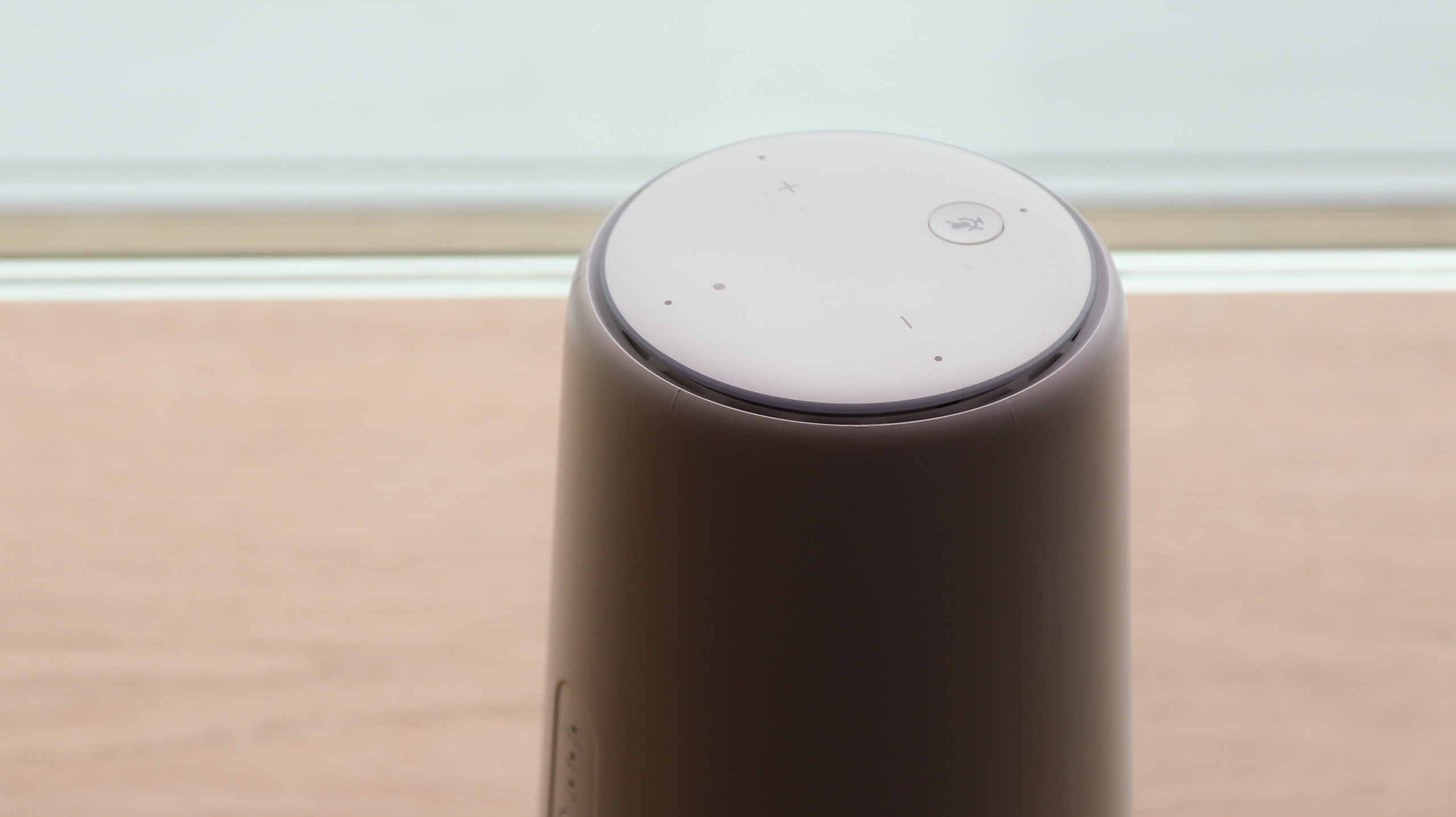TechRadar Verdict
Pros
- +
Excellent reception
- +
Alexa works like a treat
- +
Unlimited data on Three
- +
Ability to send text if needed
Cons
- -
Expensive on PAYG
- -
Router-Speaker has limited appeal
Why you can trust TechRadar
It’s been almost nine months since it was announced at IFA 2018 and nearly two years after Huawei teased a smart speaker, the company has finally sent us the physical product for us to test; low and behold, meet the AI Cube. But is it a cube? To our eye, it looks like a cylinder… it’s definitely a cylinder.
The AI Cube (also known as the B900) is a Google Home look-a-like smart speaker with 4G, Wi-Fi router capabilities and Amazon Alexa built in. Huawei clearly hopes that its smart speaker-cum-router will be able to take on the competition in time for the gift-giving season later this year.
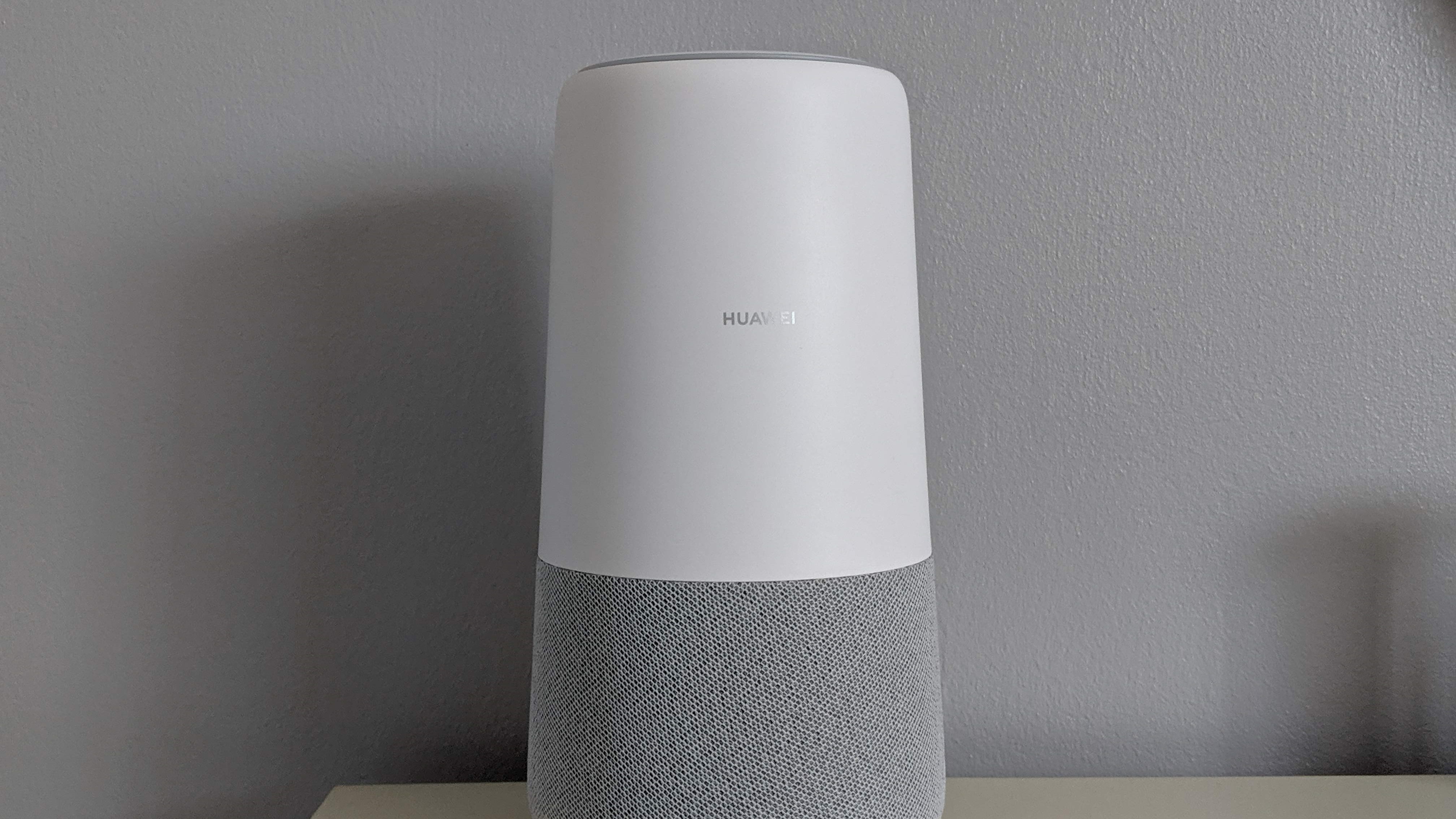
Design
Think, Google Home with a bit less air freshener styling, a bigger chassis and some HomePod elements at the top. There are fewer angles and less playfulness, plus it's bigger than Google’s speaker, everything from the matte white plastic to the fabric base portion feels lifted from somewhere else, at least from a design point of view.
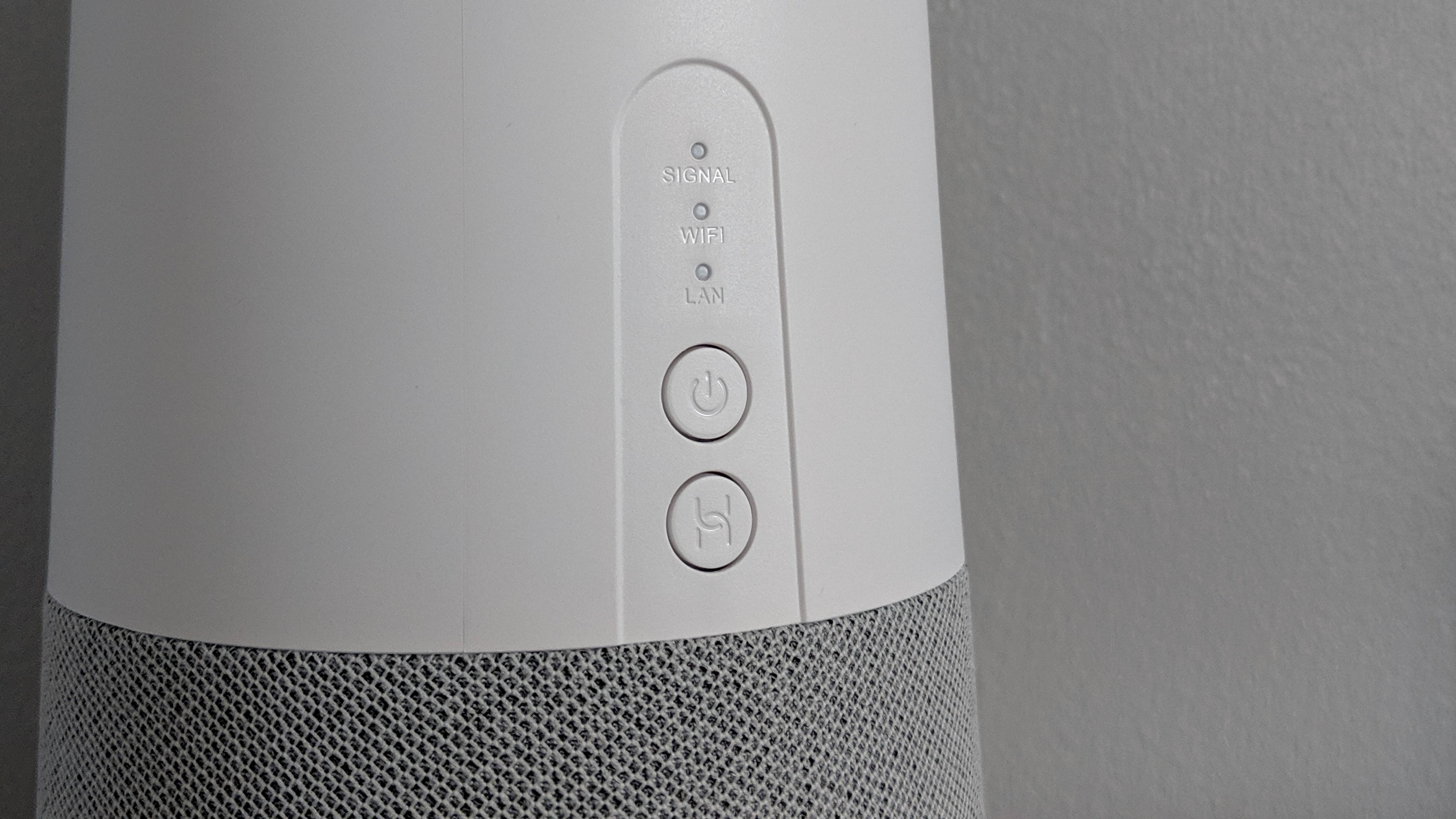
That said, it’s a very different beast to either Google or Apple’s offerings when it comes to functionality, with the side-mounted buttons reflecting this. First-off, there’s what looks like a WPS button to connect the device when it’s in router mode, and above that is a power button. Three lights indicate whether there’s Wi-Fi signal (turning blue if it does), Wi-Fi (turning green if it is connected) and LAN.
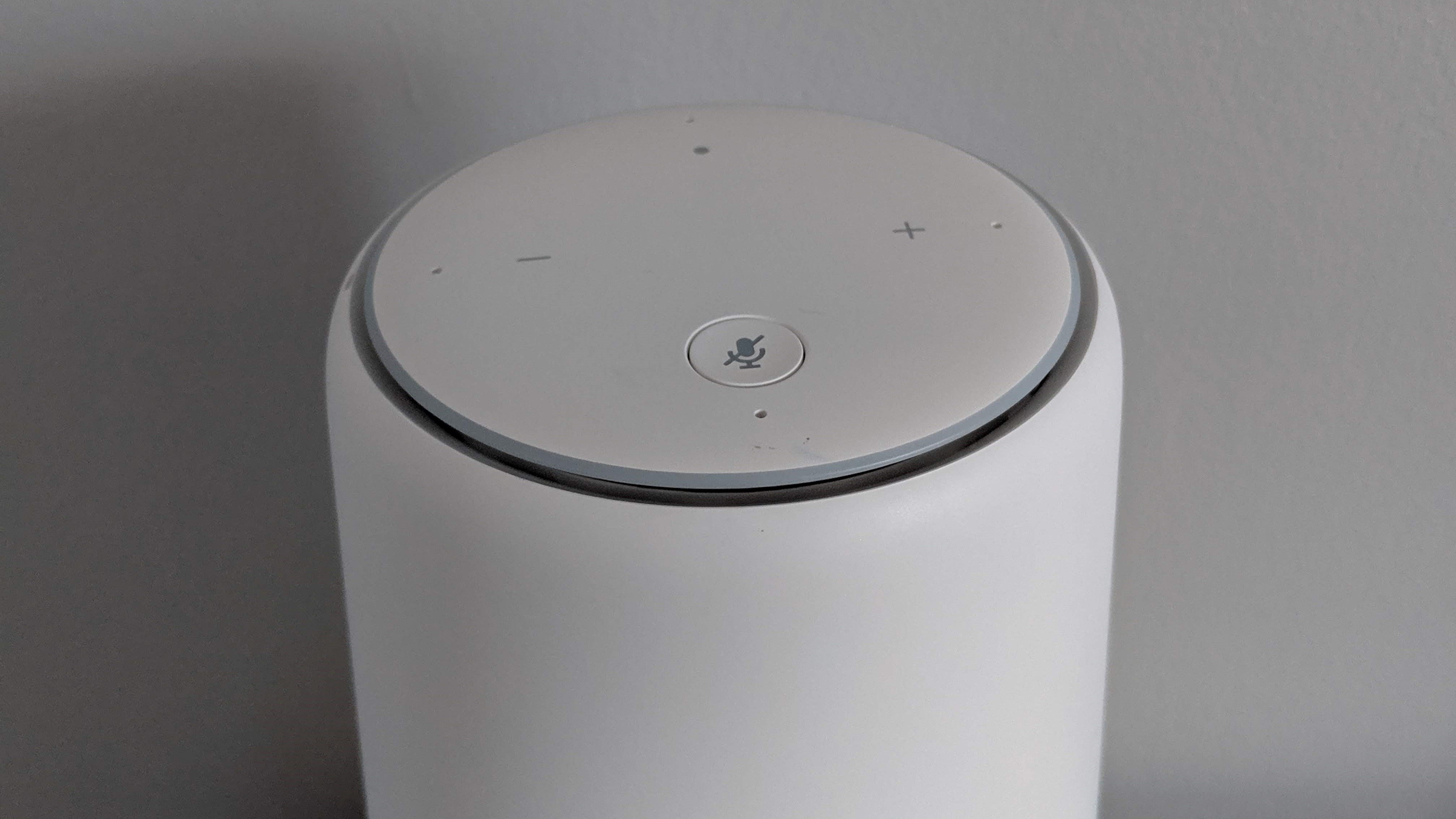
Things get much more smart speaker when you look at the top of the AI Cube. Touch sensitive volume buttons, an Alexa button and a physical mute button are all present, providing Echo functionality and completing what is clearly a device inspired by the current holy trinity of smart speakers.

With a Gigabit Ethernet port at the base, alongside its power port, while this might look like a very familiar smart speaker, as a router, it’s absolutely one of a kind. Note that there is no external antenna connector.

Hardware
Huawei is going for serious multi-functional product with its AI Cube, taking full advantage of its position as a key player in telecoms components.
The smart speaker doubles up as a WiFi router, sharing the 4G internet its SIM card slot enables. With Cat6 LTE, the Cube offers up download and upload speeds of up to 300Mbps and 50Mbps respectively. Up to 64 devices can connect to it which makes it great for ultra-connected households.
If you want to just use its router functionality, it supports WiFi speeds capping out at 1,200Mbps, (that’s the aggregated bandwidth over 2.4GHz and 5GHz over 802.11ac or WiFi 5), which will more than suffice for most users.
The additional advantage of a SIM card option is that Alexa voice command features will work independently of Wi-Fi with SIM only deals, so if you travel and don’t want to constantly relink it to a new WiFi, with the AI Cylinder Cube, it’s all good.
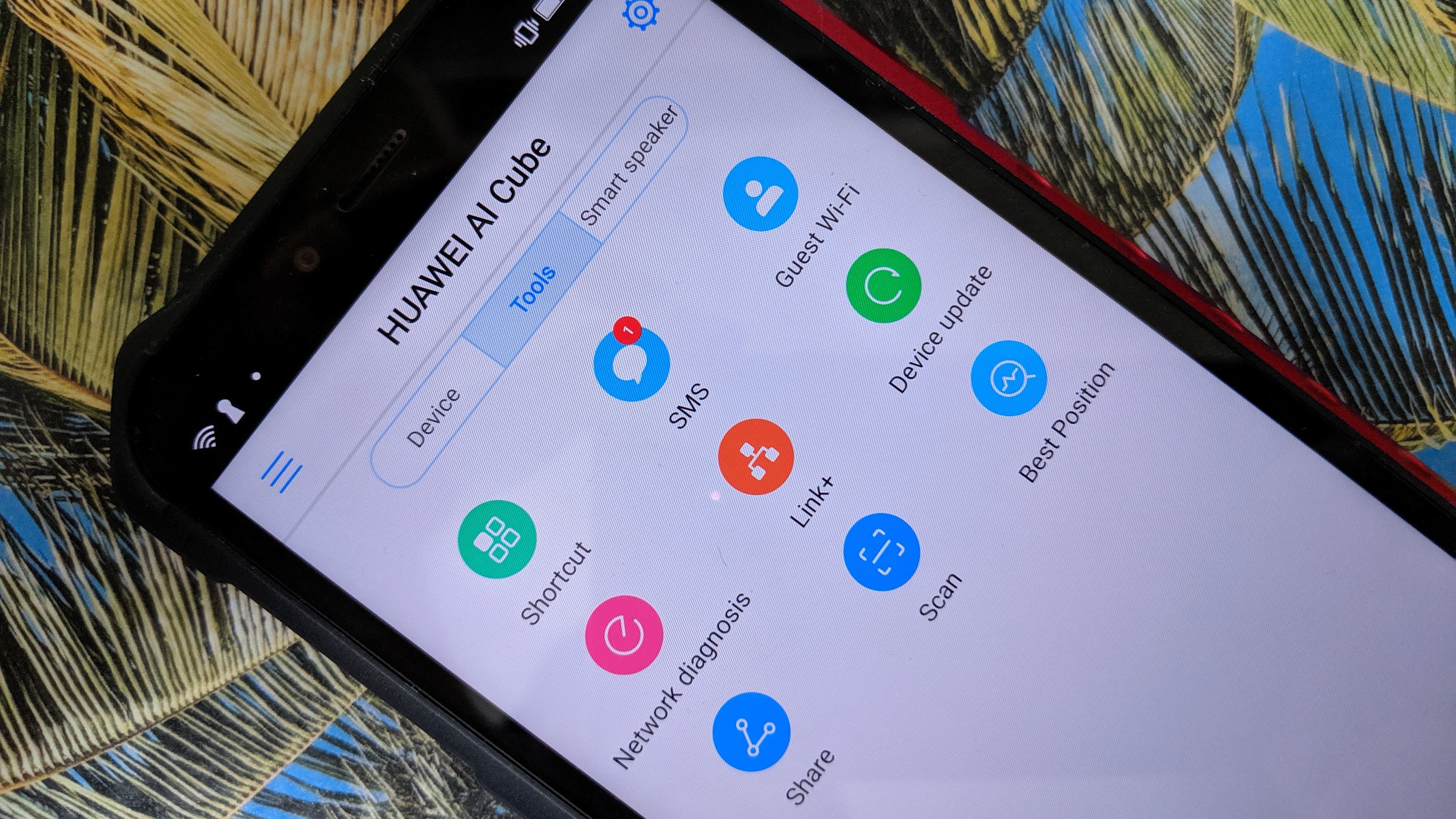
Performance and usage
Huawei has been riding the AI wave since its Mate 10 Pro was announced, and it's at it again, thwacking the buzzword in the title of this product. In this case, the extent of the AI at play is Alexa - the same Alexa powering all the Amazon Echo products and a plethora of other smart speakers on the market, so despite its name, it won’t be smarter than your average smart speaker.
On the plus side, with far-field voice recognition thanks to four microphones, it seemed to respond quickly to being woken with the word 'Alexa' and it was able to make out commands even in a room with a fair bit of hustle and bustle.
Huawei’s reasoning for opting for Alexa over Google Assistant is two-fold. On the one hand, with Alexa controlling over tens of thousands of smart home devices and playing nice with a multitude of brands, it’s an established, open player. In addition, Huawei already has a relationship with Amazon, having put Alexa on the Mate 9 in the past.
A 400ml sound cavity paired with an aluminium diaphragm and passive radiators combine to deliver what Huawei calls '"big sound". Adopting its proprietary Histen sound tuning technology seen in Huawei and Honor smartphones, the claim is that the AI Cube sound is 360-degree and immersive.
In the flesh, it is loud, making plenty of noise in a busy room. While loud is good, there was depth and roundness to the sound too, though without testing the audio quality alongside its key competitors or in a controlled environment we couldn’t give a definitive verdict based on our early impressions.
The AI Cube suffers from a fundamental issue: it is by all means first and foremost a router which means that ideally, it should be placed either near a window to pick up a strong signal or an Ethernet cable. A smart speaker, on the other hand, is usually located not far from foot traffic: bedside table, kitchen, lounge. Splitting the two does make more sense than combining them as it gives you more flexibility.
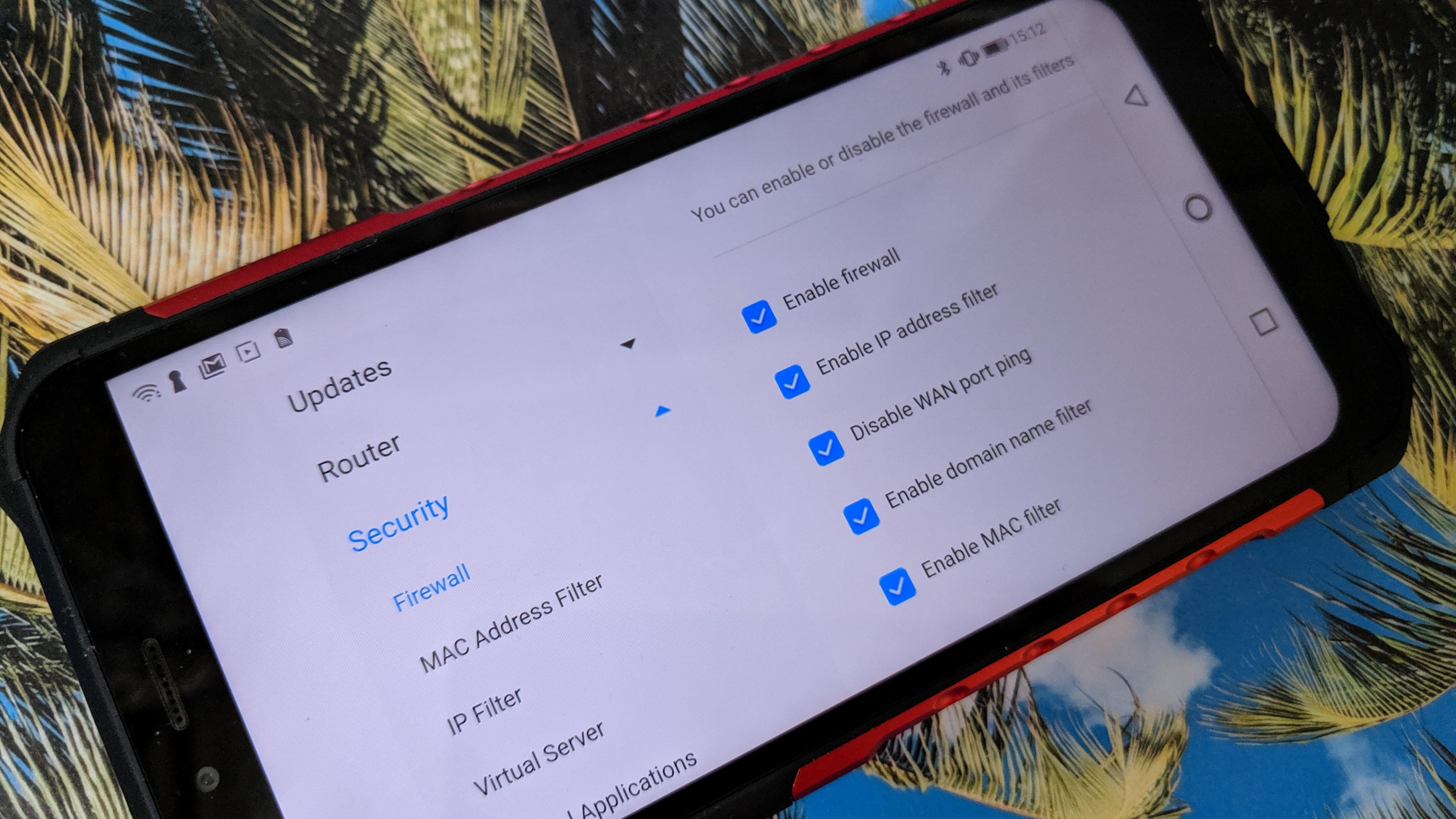
When you first switch on the device, Alexa welcomes you and instructs you to download the Huawei Hilink App to access the controls of the router. You will discover a flurry of features including “best position” which allows you to check for the signal strength in various rooms. Note that changing the factory passcode should be at the top of your priority given that Huawei’s default one is a series of eight numbers.
We recorded 16Mbps using Fast.com which is the same as our test smartphone, a Pixel 2XL connected to Three. It means that the antenna layout inside the device didn’t have any impact on performance.
Getting Alexa to work will require that you sign in on the Hilink App using your Amazon details. You cannot, unfortunately, use the speaker functionality independently (e.g. as a standalone Bluetooth speaker).
The web interface is well laid out and complements the Hilink App. There are a few more useful features like the ability to manually configure a DNS server, send group SMS, setup VPNs, NAT, Mac filtering and more.
Final verdict
A 400ml sound cavity paired with an aluminium diaphragm and passive radiators combine to deliver what Huawei calls '"big sound". Adopting its proprietary Histen sound tuning technology seen in Huawei and Honor smartphones, the claim is that the AI Cube sound is 360-degree and immersive.
In the flesh, it is loud, making plenty of noise in a busy room. While loud is good, there was depth and roundness to the sound too, though without testing the audio quality alongside its key competitors or in a controlled environment.
As a router, the AI Cube is excellent; it picks up signal easily as a modem and broadcasting is good without being excellent. it simply cannot match the performance of dedicated wireless routers. Three's plans - on the other hand - are as good as it gets with unlimited data, the ability to send text and roaming in dozens of countries included for free.
- We've also highlighted the best smart speakers of 2019

Désiré has been musing and writing about technology during a career spanning four decades. He dabbled in website builders and web hosting when DHTML and frames were in vogue and started narrating about the impact of technology on society just before the start of the Y2K hysteria at the turn of the last millennium.
